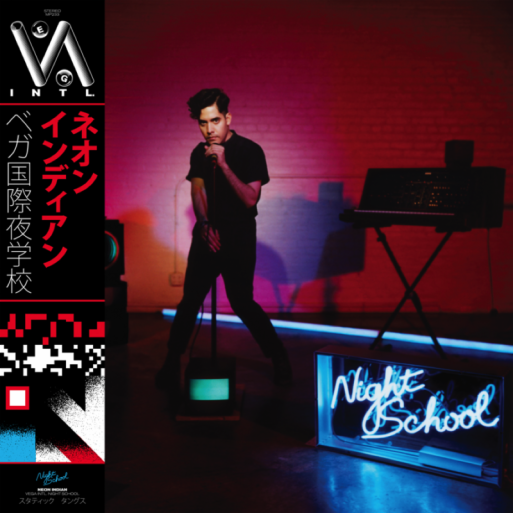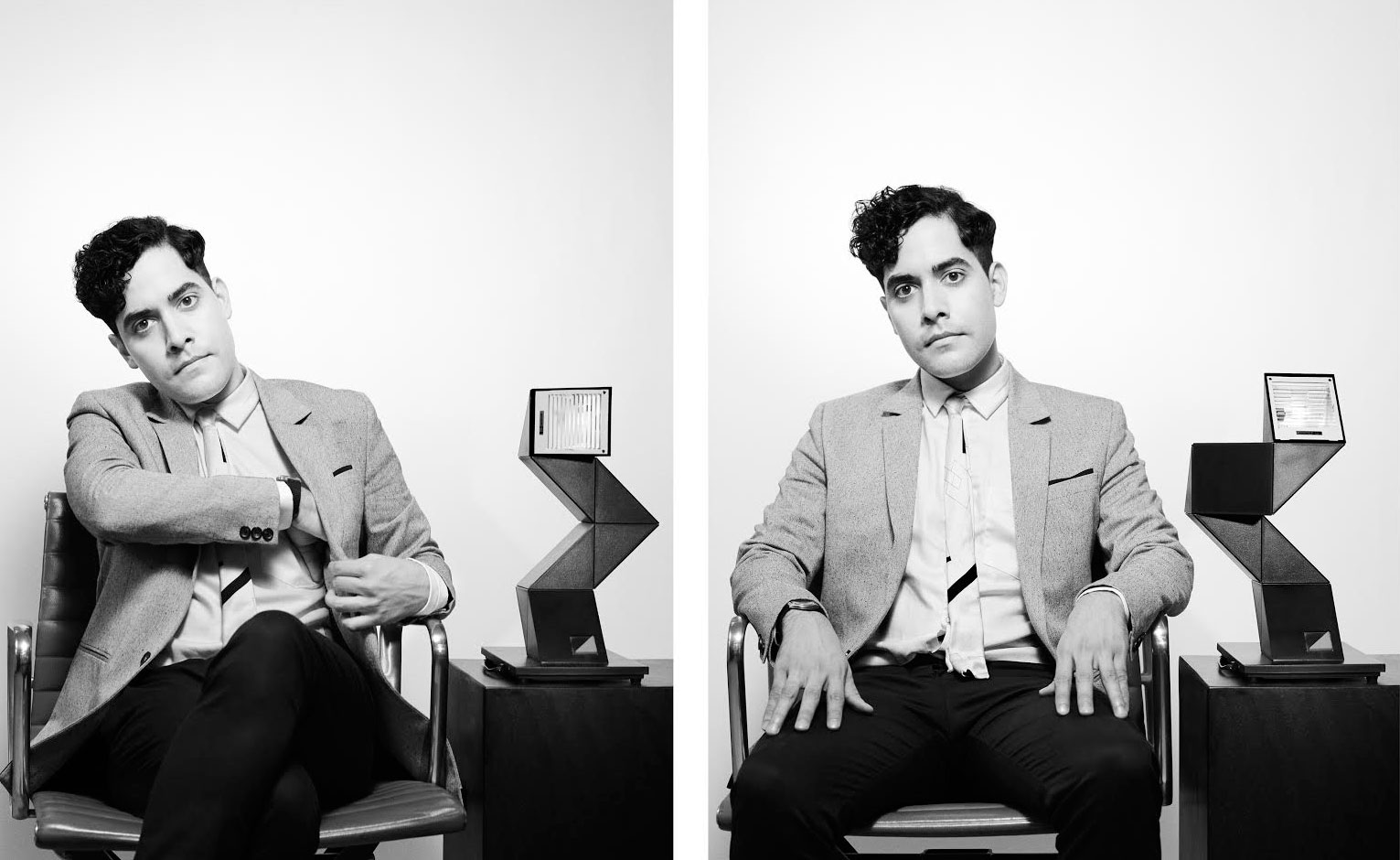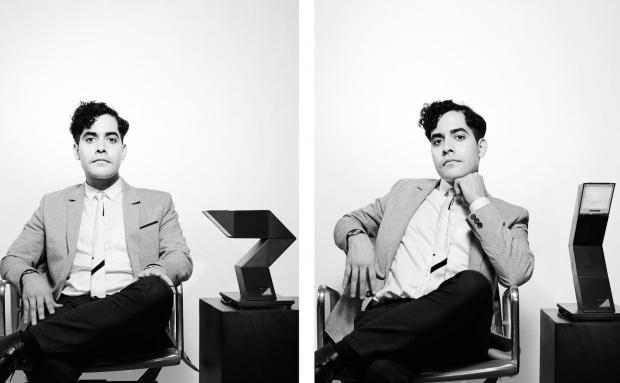Interview: Neon Indian
For his latest record, Vega Intl. Night School, electronic music producer Neon Indian, a.k.a. Alan Palomo was able to transcend the sound of his previous two records. He did this by merging his two musical identities, Neon Indian, and his lesser known moniker, Vega. The result: a dance record that combines the acid-soaked dream rock of his debut, Psychic Chasms, with the slick electronic dance pop of his Vega records. “I set out to write a Vega record but then I realized that I was really splitting hairs aesthetically and that influence from one would spill over into the other and vice versa,” Palomo told me in a recent phone interview from his home in New York. In the interview, Palomo discusses what it was like writing a good chunk of the record from the cabin of a cruise ship floating in the waters off of the coast of the Bahamas, and how that influenced the balearic house vibes that pulsate through the album. Neon Indian comes to the Tralf Music Hall this Friday, October 23. Read our interview below.
Totally random; We met once, at LCD Soundsystem’s final show in New York City. I ran up to you after the show and shouted something like “I love what you did with the Flaming Lips!”
I remember that! What an amazing show, right?
One of the best shows I’ve ever been to. That was like three or four years ago.
Truly an emotional night. It was fantastic.
Speaking of LCD Soundsystem, you recorded your latest album at a DFA studio, didn’t you?
Certain songs started there. There were a few studios in New York, in addition just to my home studio. I did a four or five day session at Plantain, which is a DFA studio, and then the guys from Midnight Magic have a studio in Greenpoint as well, which is a DFA affiliated studio. We did quite a bit of recording there. The guy who played the introductory suite to “Slumlord,” Morgan Wiley, he played keyboard on a bunch of DFA records including the piano on “New York I Love You.” So it was pretty rad to work with him.
I thought I read that part of the album was recorded on a cruise ship. Is that right?
Oh totally true, yeah. Basically my brother and I were writing some songs together—he wound up being a pretty integral component to the making of the record. He had taken on a six month contract on a Carnival cruise ship and the only way we could continue working together was if we essentially booked a couple of consecutive cruises and just holed up in a cabin and set up a small studio there to continue tracking. We spent seven days sailing from Orlando to Nassau in the Bahamas writing some music and finishing some of the songs.

What was that experience like?
It was kind of like being trapped in a mall for a week [laughs]. As somebody who has never been on a cruise ship before that’s what it felt like to me. It was like holy shit I feel like I’m in the Mall of America and there is no clear exit in sight. It is an intoxicating type of fun, and by that I mean it’s literally intoxicating because you’re drinking the entire time. The cabin had one outlet for the entire room, so we’re daisy chaining all of these power supplies and extension cables. We were really hoping not to set anything on fire. It was still pretty great.
The record has kind of an Ibiza vibe to it. Was that influenced at all by the boat?
Those more balearic components of the record were a little bit more influenced by when I was DJing. For the longest time, before I even wrote the first record I was DJing every week in Denton [Texas]. The time that I spent there was definitely pretty formative musically and I hadn’t gotten much of an opportunity to [DJ] after writing the second record. I realized I needed some time to realign what I wanted to accomplish. Part of my way to cure that was to start DJing again. I rekindled a lot of love of dance music that had been missing in the years prior.
Vega Intl. sounds like some kind of mysterious unknown record label. It’s kind of like you’ve kind of created your own world within the record.
It definitely was meant to feel like its own little universe that I could start building upon. That was the intention for all of the artwork too. The singles covers and the videos we’re working on now are all meant to allude to what Vega Intl. Night School is and what to expect if you were enrolled.
You’ve said that the title Vega Intl. Night School refers to night life and what one learns in the clubs and bars as a young person. Could you tell me a little bit more about that?
Living in New York for what has been all of my 20s so far, I’ve realized that it’s very much a city of transplants. There are a lot of people who move here out of high school or college and they’ve never been in a situation quite like the metropolis that is New York City. You just see this weird stew of unusual behaviors, which is partly due to the influence of alcohol. Obviously there is a big party scene in New York City, the bars are open later, so you never really have to shut it down. In that regard, you tend to see a whole myriad of unusual circumstances where people are trying to find themselves in this experience where there is a cognitive fog of booze and drugs. At the same time, much of what I’ve learned nocturnally hasn’t even necessarily been in my social life. Those just happen to be my most productive hours. I’d like to be a morning person but most of the time… any time I’ve started working on something in the morning I for the most part wind up throwing it away. I feel like it’s easier to concentrate and focus when your friends are going to bed and the texts and communication slows down and it’s quieter outside.


